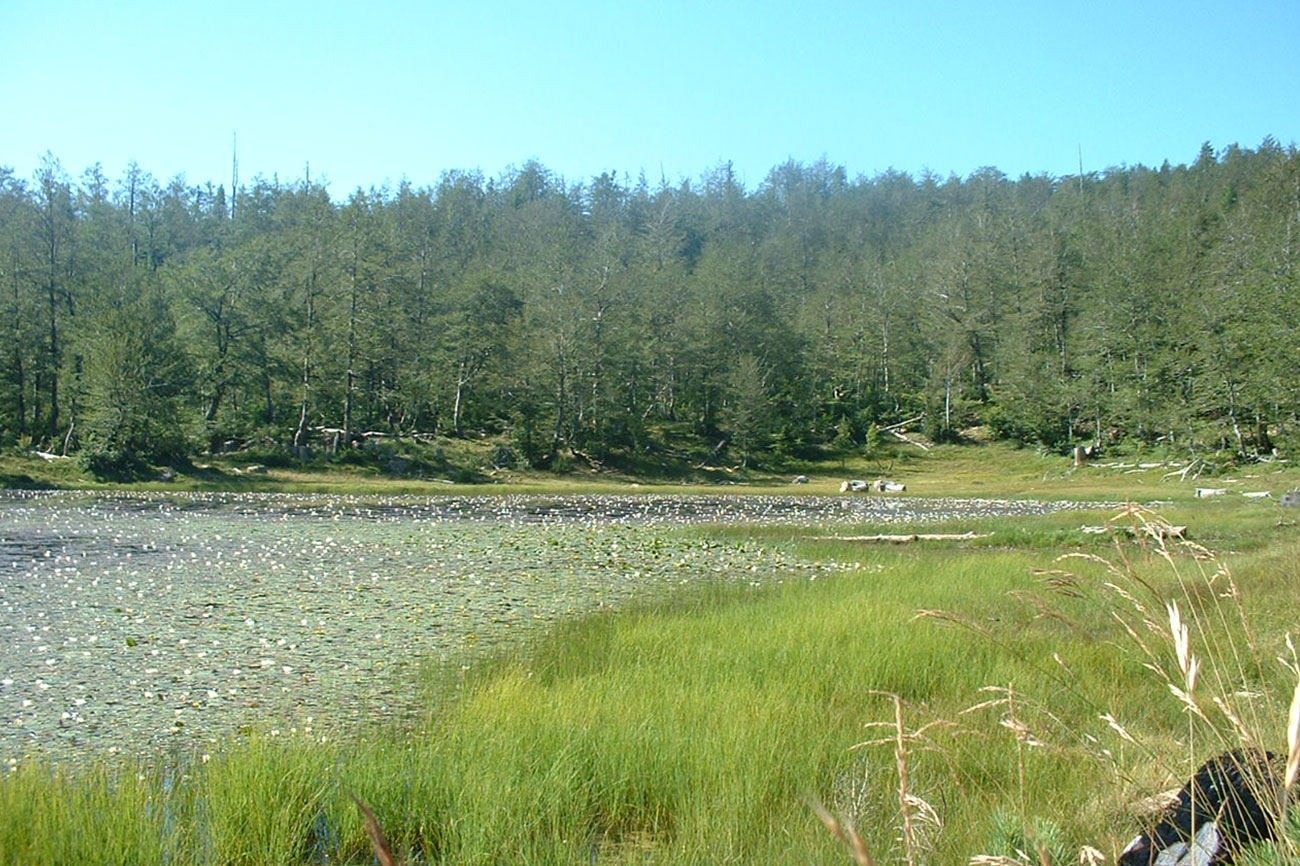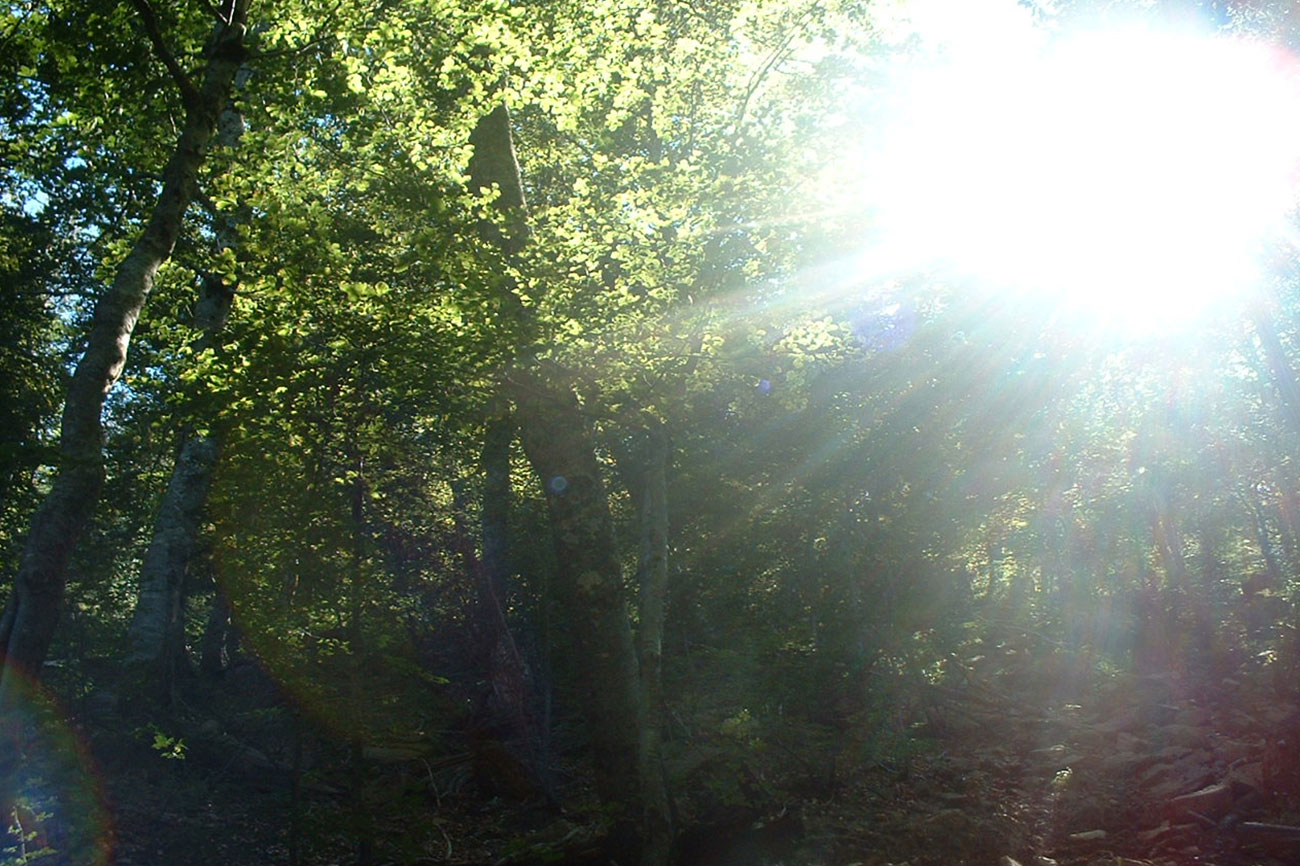Lura National Park
The Lurë-Dejës Mt National Park (Albanian: Parku Kombëtar Lurë-Mali i Dejës) is a national park in northeastern Albania, spanning an expanded area of 202.42 km2 (78.15 sq mi) since 2018 by encompassing the entire section of Kunora e Lurës, former Zall-Gjocaj National Park, and Dejë Mountain. The park was originally established in 1966 to protect the various ecosystems and biodiversity as Lura National Park. The altitude vary from 1,500–2,300 m (4,921–7,546 ft). The International Union for Conservation of Nature (IUCN) has listed the park as Category II. Nevertheless, it is described as an important Bird and Plant Area, because it supports significant bird and plant species.
In behalf to a great variability in elevation, Lurë-Dejës Mt National Park is densely populated in vegetation. Higher plant life consists mainly of both coniferous and deciduous trees, particularly around the shores of the lakes. The most common tree native to Lurë is the european beech along with silver fir, black pine, red pine and bosnian pine. Especially protected is the balkan pine, which is threatened with extinction and only common in the west of the Balkan Peninsula. The southern section of the park has a meadow of multicolour flowers and several coniferous trees, which is called the Field of Mares, offering pristine views over the landscape. In terms of phytogeography, the park falls within the Pindus Mountains mixed forests terrestrial ecoregion of the Palearctic Mediterranean forests, woodlands, and scrub.
The park shelters numerous species. Most important wildlife inhabiting the park includes the european brown bear, eurasian lynx, eurasian wolf, european pine marten, roe deer and western capercaillie. Small mammals include the red squirrel and edible dormouse. The twelve glacial lakes within the national park were formed during the ice age.[citation needed] They are located in the northeastern part of the nation in the Dibër County at an elevation between 1,200 and 1,500 m (3,937 and 4,921 ft). Each lake carries a name associated with its most characteristic feature.
Zall Gjoçaj, part of the expanded park, is an intensively fissured and mountainous landscape with a great variety of natural features including valleys, glacial lakes and dense forests without human intervention. Elevations in the area vary from 600 metres to over 2,000 metres above the Adriatic.The geomorphological conditions of the region reflects the dynamic geological history, tectonic movements and erosive activity of the rivers flowing through the park.
Most of the area is covered by a mixture of beech, fir, pine, ash and maple trees growing on limestone and dolomite. The park’s woods are important because they provide shelter for numerous fauna. Most notable amongst them is the brown bear and grey wolf.Other large mammals include lynxes, roe deers and birds such as the golden eagle.
According to Albanian poet Gjergj Fishta, “Him/her who has not seen Lura, he/she has not seen Albania”, meanwhile British renowned traveler Edith Durham has been quoted as follows: “When I came up the Qafë Lurë, I saw such a beautiful field, that I had never seen in any place of the Balkans”.



